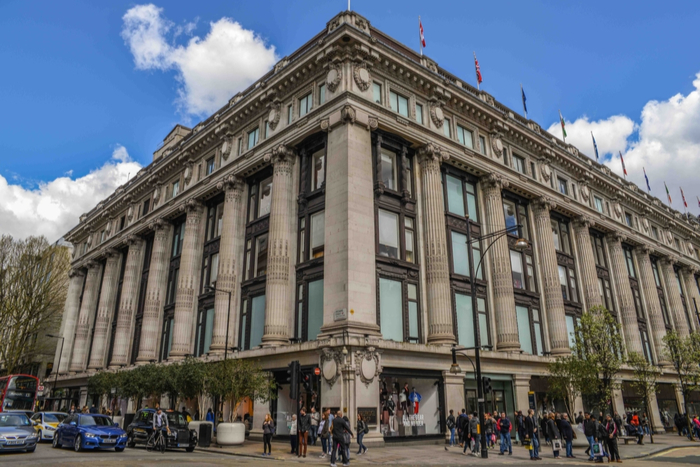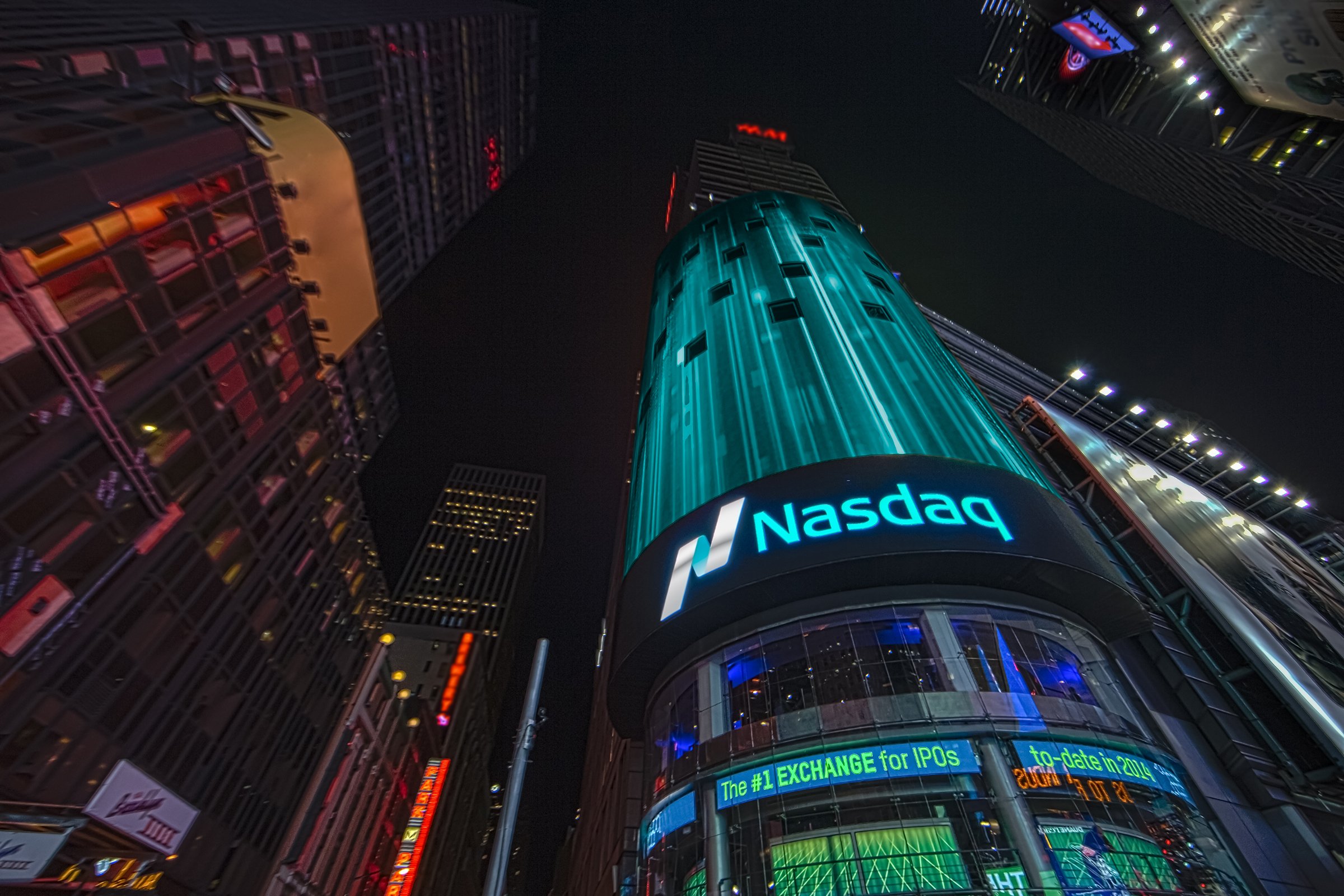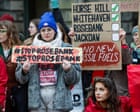Will pedestrianisation seal Oxford Street’s global resurgence?
Retail Gazette delves into Oxford Street’s pedestrianisation plans and whether this move will be silver bullet to ensure the London’s premiere mass market high street can compete with globally iconic shopping destinations long-term.

Plans for the pedestrianisation of Oxford Street were put into motion this week by London Mayor Sadiq Khan, which Deputy Prime Minister Angela Rayner says will “breathe new life” into the iconic shopping street.
It’s the latest measure in the ongoing transformation of London’s most pre-eminent high street, and one which Khan says is urgently “needed to give our nation’s high street a new lease of life”.
It’s undeniable that Oxford Street has gotten a bad rap in recent years – from notorious American candy shops to longstanding empty lots from once-iconic occupants, as well as plunging international and domestic footfall following the Covid-19 pandemic.
But even before the shot in the arm that pedestrianisation will no doubt provide, the shopping street was already delivering an impressive turnaround.
Figures from real estate firm Savills found that Oxford Street vacancies stood at just 0.5% last month – falling below pre-pandemic levels for the first time.
Long-term tenants including Nike, Pull&Bear, Moss Bros and Vans have collectively ploughed £118m into upgrading stores on the street in the last year and a swathe of new openings have launched in 2025 – including recent openings from Abercrombie & Fitch, Ikea and Søstrene Grene through to upcoming launches from Puma and Mango.
Retail Gazette delves into Oxford Street’s pedestrianisation plans and whether this move will be silver bullet to ensure the London’s premiere mass market high street can compete with globally iconic shopping destinations long-term.
‘A positive step’
Under Khan’s plans, nearly a mile of Oxford Street would be pedestrianised, running between Orchard Street up to Great Portland Street, with a focus on “creating a well-designed, high-quality space that showcases the best of London’s talent, assets and opportunities”.
Further details of the proposed pedestrianisation will be consulted on later this year, but the move has won the backing of 72% of Londoners who have visited the shopping street in the last year as well as longstanding retail occupants. 
Selfridges executive director Maeve Wall says the luxury department store is “hugely energised by the renewed commitment to make this area more enticing and attractive for locals and visitors from around the world”, while John Lewis managing director Peter Ruis believes “pedestrianisation will create a vibrant, thriving shopping environment” and cement the street’s “appeal as a top retail destination”.
Newer entrants including Ikea also welcomed the move, which CEO Peter Jekelby hails as “a positive step, which we believe will create a more welcoming and accessible space”.
Newstores managing director John Ryan believes pedestrianisation “will go a long way to making Oxford Street a destination in a way it hasn’t been for quite some time” – but cautions against pedestrianisation alone as the panacea to ensure Oxford Street’s competitive edge globally.
Instead, he argues that outside-of-the-box store openings on the street, such as Ikea’s takeover of the former Topshop flagship, will do more to drive footfall long-term by “dragging people to [Oxford Street] who might not otherwise have braved it”.
Whether its locals preferring a hop, skip and a tube to Oxford Street over the pilgrimage to Ikea’s full range warehouses in Croydon or Wembley, to young families seeking Central London refuge in a shop with kid-friendly food and activities, Ryan argues that “Ikea will be a bigger draw long-term than athleisure” operators such as Nike and Puma.
In a similar vein, Vans’ recently-upgraded Oxford Street flagship boasts an in-store skate ramp, creating an experience that locals may be tempted to travel in for – and one that tourists will be hard pressed to find on other shopping streets globally.
Green shoots of recovery

Pedestrianising Oxford Street may expedite the shopping destination’s ongoing resurgence, but Savills head of retail Alan Spencer says the area’s recovery has been driven by a range of factors.
“There was a period where Oxford Street did not look its best – but it went from everything being against it to everything being for it today,” he explains.
Spencer says the confluence of Covid-19, demise of longstanding tenants including Debenhams, House of Fraser and Topshop and unsustainably high rental costs created “a perfect storm” for Oxford Street in the early 2020’s.
Cut to 2025 and the picture is very different. The long-awaited opening of the Elizabeth Line, which has made Tottenham Court Road the West End’s busiest tube station, return of international tourism and office workers combined with lower retail rents have created a compelling case for “a more diverse range of retailers” to take a punt on Oxford Street.
As a result, Spencer argues that “we’re probably looking at 2027 for Oxford Street to be at its best” – which he says will be given “an extra boost” by pedestrianisation as well as drive food and beverage demand on the street and “bring in different types of shoppers”.
Can momentum be maintained?
While the retail industry has welcomed plans to pedestrianise Oxford Street, lessons on how the retail location has regained momentum and the pitfalls to avoid in the future are manifold.
“The success of Oxford Street is not reliant on any one thing – if we don’t get pedestrianisation that does not mean the street fails,” explains Shepherd.
Ryan echoes this view, labelling pedestrianisation as “a nice to have, but not the silver bullet”.
With that in mind, what are the measures that can ensure Oxford Street lives up to its promise long-term?
For Spencer, reintroducing tax-free shopping for tourists “would make a huge difference” in driving international footfall and spend, as would cutting red tape around planning permission so that “great developments which which create one-of-a-kind retail spaces” can be developed at pace.
He points to the long-fought for redevelopment of M&S’ Marble Arch flagship, for which it won approval last year after three years, as a cautionary tale.
 “This is a highly competitive space where your competition, both in terms of shoppers and tenants, are the best streets in Paris, Milan and New York – so you need to keep investing to stay at the forefront,” Spencer adds.
“This is a highly competitive space where your competition, both in terms of shoppers and tenants, are the best streets in Paris, Milan and New York – so you need to keep investing to stay at the forefront,” Spencer adds.
For Ryan, tightening the reins of the types of establishments that can set up shop in Oxford Street is essential.
“The lessons is to have some grip on [Oxford Street’s] leasehold and landlord structure,” he explains.
“Oxford Street has dozens of landlords in a way that neighbouring streets like Regent Street do not, and the outcome can be and previously has been greedy people looking to maximise profit, which led to a downturn in the quality of the offer on the street which was not easy to recover from.”
Pedestrianisation may not be Oxford Street’s silver bullet – but the street’s footfall and occupancy numbers in recent months show it might not need one.
Click here to sign up to Retail Gazette‘s free daily email newsletter


















































































![Four big takeaways to wrap up the Paris Air Show [Video]](https://breakingdefense.com/wp-content/uploads/sites/3/2023/06/FCAS-scaled-e1685718848105.jpg?#)
![The sights of Paris Air Show, one last time: Day 4 [Photos]](https://breakingdefense.com/wp-content/uploads/sites/3/2025/06/20250617-helenedelacoste-Paris-Air-Show-037-scaled-e1750357690820.jpg?#)






























































